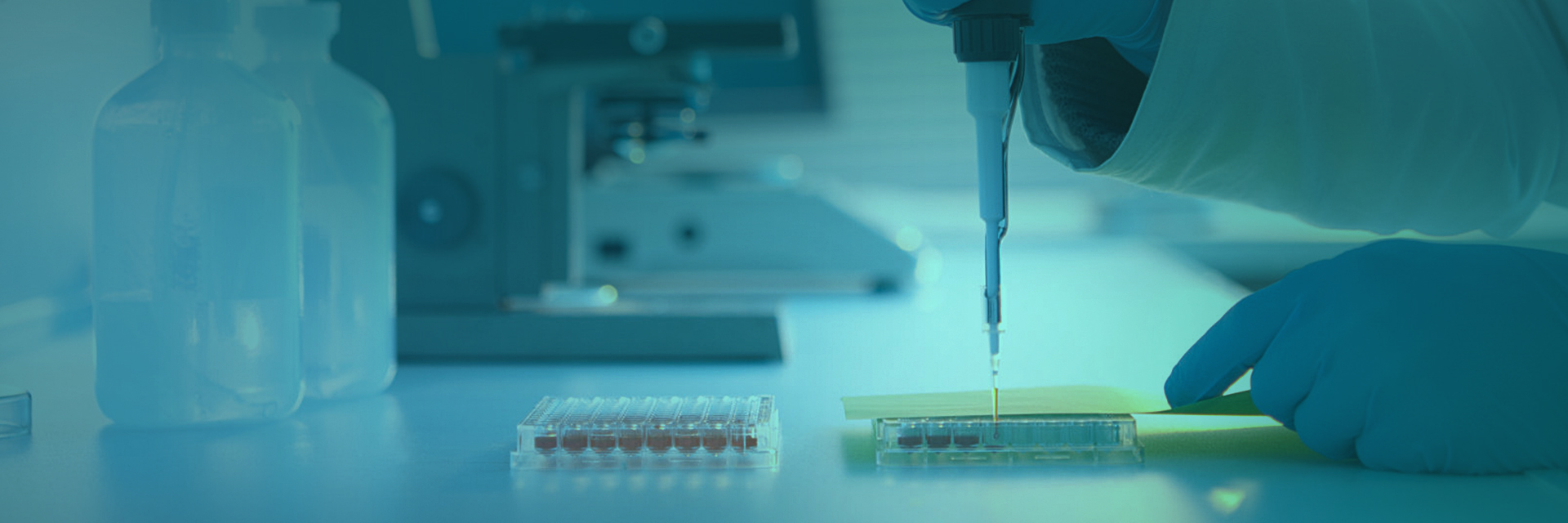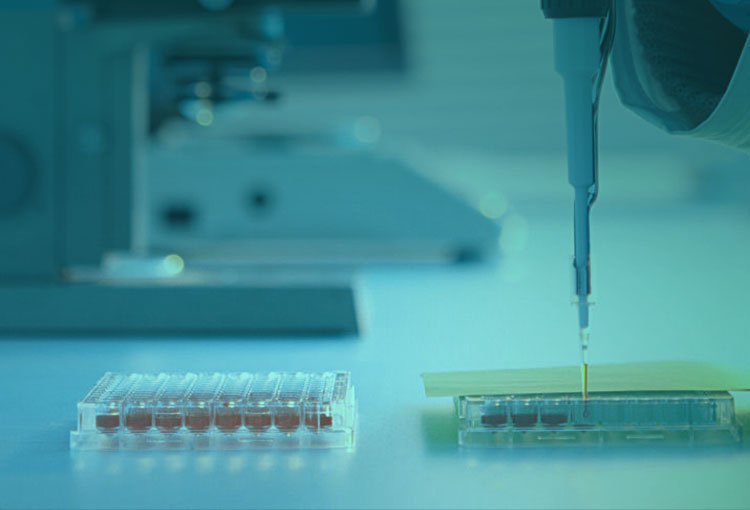Viva polypeptide platform is supported by a team of experienced chemists. The services include the syntheses of branched and non-branched peptides (50 AA long peptide), cyclic peptides (S-S bond or other cyclic elements), peptide labeling and modifications. The platform’s technologies include solid-phase peptide synthesis and modification, peptide labeling, antibody-drug conjugates chemistry, small-molecule centered polypeptide conjugates, and custom synthesis of the peptide-containing molecules.

